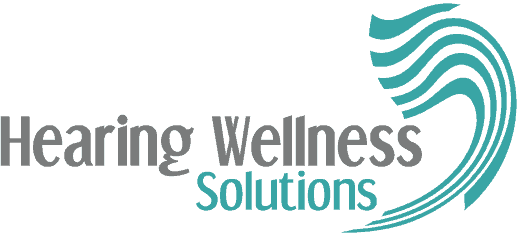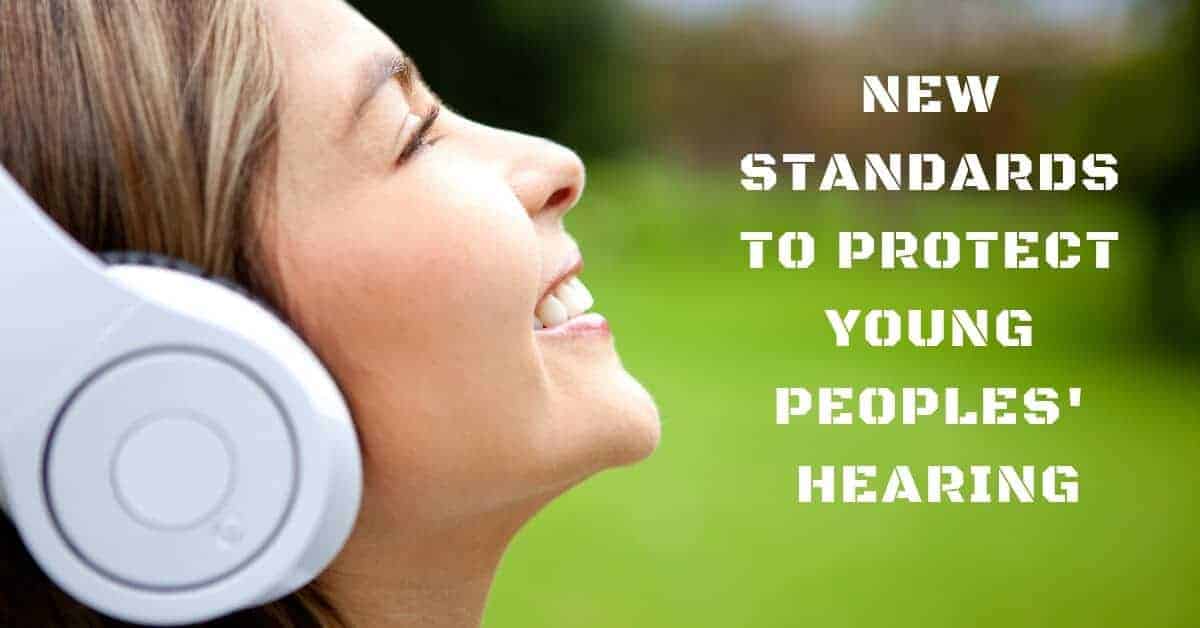The World Health Organization (WHO) estimates that 5 percent of the world’s population are currently living with disabling hearing loss. Among them, 34 million are under the age of 18, having been born with hearing loss or acquiring it from an early age. Worryingly, the WHO projects the number of people with hearing loss to rise exponentially – and unsurprisingly, they are putting most of the blame on smartphones.
As most parents know, personal smartphones and tablets are part of the furniture in a modern family. However, your children could be damaging their hearing if they spend hours every day plugged into earbuds without taking a break. Young people often don’t realize that listening to their music at these volumes can damage their hearing permanently.
How the risk of hearing loss has risen in the past decade
This advice for younger people to protect their hearing is against the grain of conventional issues surrounding hearing loss, which tend to focus on the hearing loss of older adults. But with the advent of smartphones and 24/7 streaming services, a culture of round-the-clock availability of movies and music streamed through personal earphones has proliferated, which might have lasting effects on younger generations of people.
As young people in countries around the world gravitate to cities in search of work, one of the health problems facing them today is the persistent noise that most cities seem to exude. Transportation, construction, and crowds of people can all contribute to the development of hearing loss.
However, it was only with the recent proliferation of smartphones and earphones that the danger has dramatically increased. Now you can bring your audio devices along with you everywhere you go, listening to your favorite song on the train, on the bus, and even while walking down a busy street. Many earbuds and headphones aren’t built to block out ambient noise. This makes most people turn their music volume way up to compensate. When audio from devices starts competing with street sound and other everyday noise, noise exposure can reach dangerously high levels.
Another issue with earphones is that the lower their quality, the less powerful they are in transmitting low-frequency sounds. This makes the user raise the volume on their device to hear the music better. This, in turn, increases the higher frequency sounds. These sounds are the most damaging to the cilia, the minor hair-like structures that help to transport sound waves to the mind. When the cilia are damaged, they are unable to repair themselves and the damage is permanent.
The proposed new standards
The WHO and the International Telecommunications Union (ITU) have worked together to release guidelines which they hope will help prevent 1.1 billion young people from damaging their hearing due to recreational sound exposure. Here are the industrial considerations recommended by the WHO and ITU to audio device manufacturers:
- A recommended “Sound Allowance” function which would monitor the overall level and duration of the sound that the user has been exposed to. The idea is that this feature can notify users when they have exceeded their allowance of sound of the day.
- Full control over volume limits rather than using the industry standard. Parental controls could also limit volume and time for children.
- General information about the damaging effects of noise in certain situations and how to best control this exposure.
With these new recommendations, the WHO and ITU hope to protect young people by making them aware of how damaging high volumes of sound can be.
What you can do today
If you’re looking to reduce your own exposure to harmful noise, there are several things you can do today.
- Use noise-cancelling headphones to reduce the need to ‘compete’ with external sound.
- Take regular sound breaks – it’s recommended you take a five-minute break for every hour of listening.
- Get your hearing tested to make sure that you are hearing at your best.
Visit Us at Hearing Wellness Solutions
If you have noticed changes in your hearing abilities, please feel free to reach out to our friendly team at Hearing Wellness Solutions today. We provide comprehensive hearing tests and custom hearing protection, along with a suite of hearing health related services. We look forward to helping you hear at your best!
To schedule a hearing test, contact us at Hearing Wellness Solutions today! Take steps to ensure your best hearing health today! We offer the highest quality hearing aids in Springfield, MO.
Contact us at Hearing Wellness Solutions for a hearing test.


